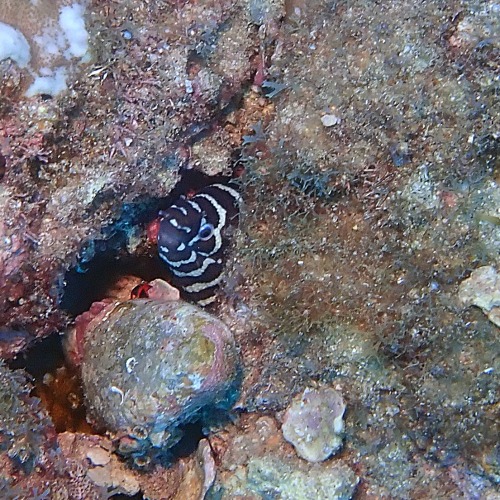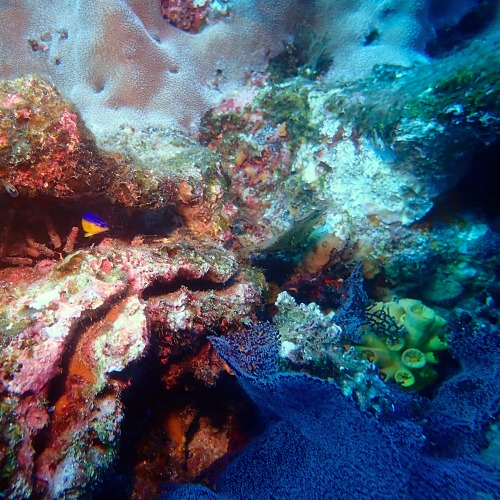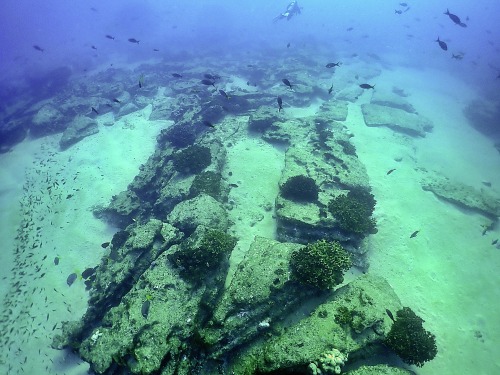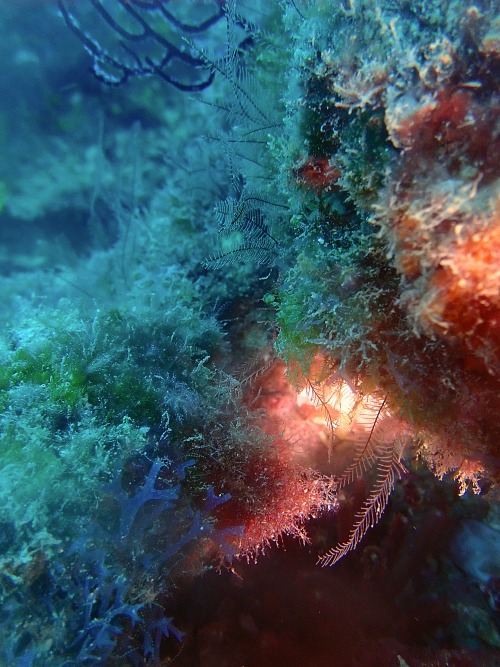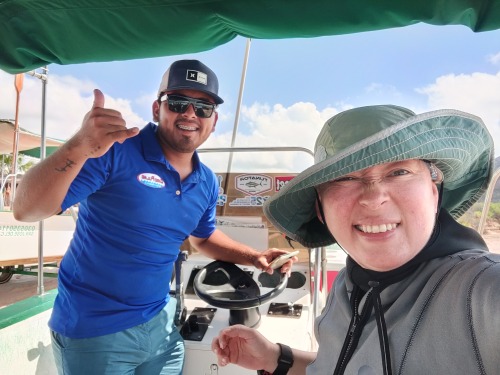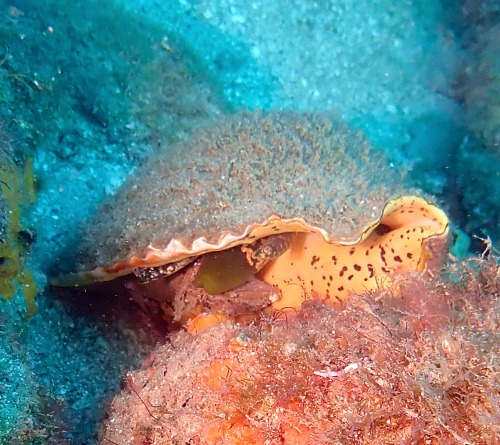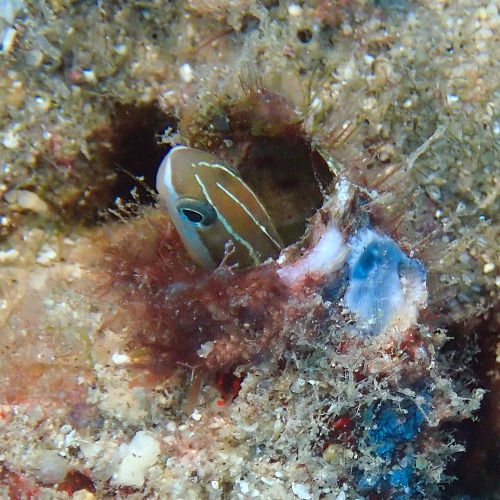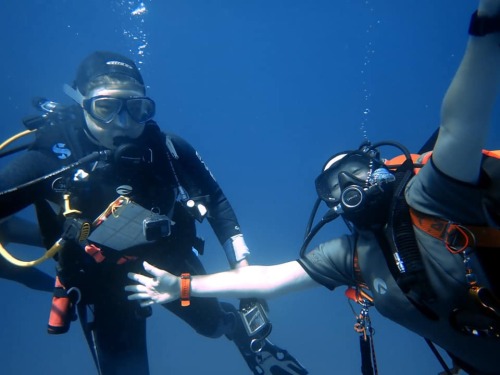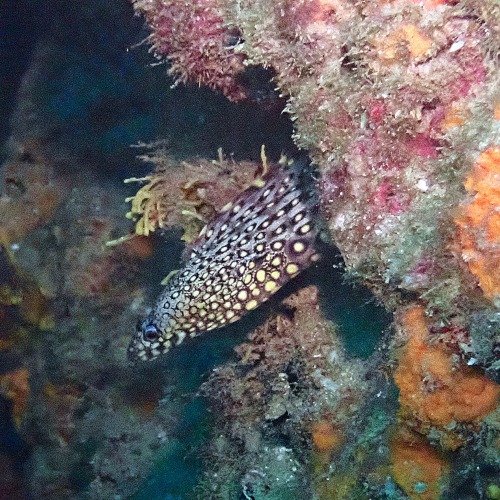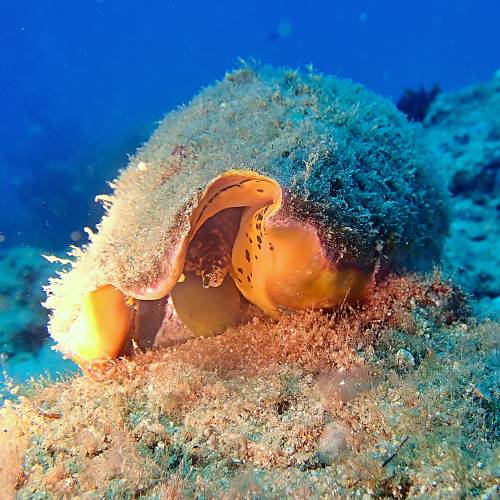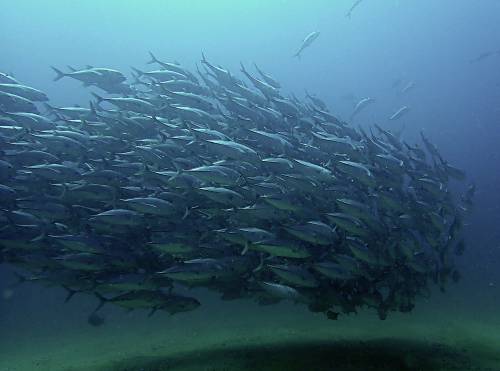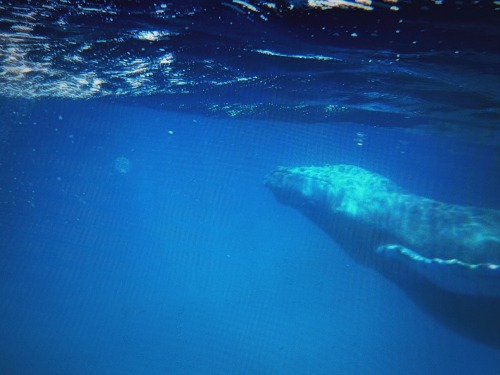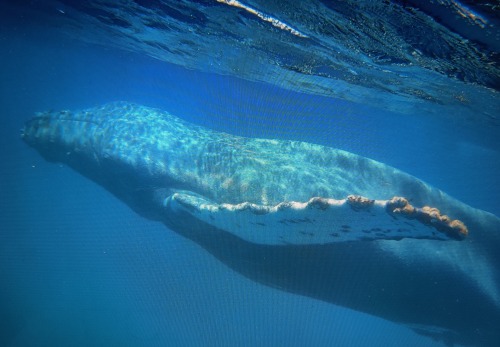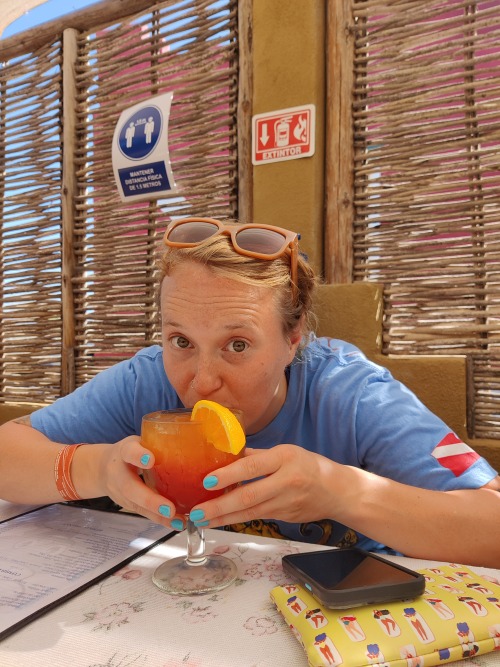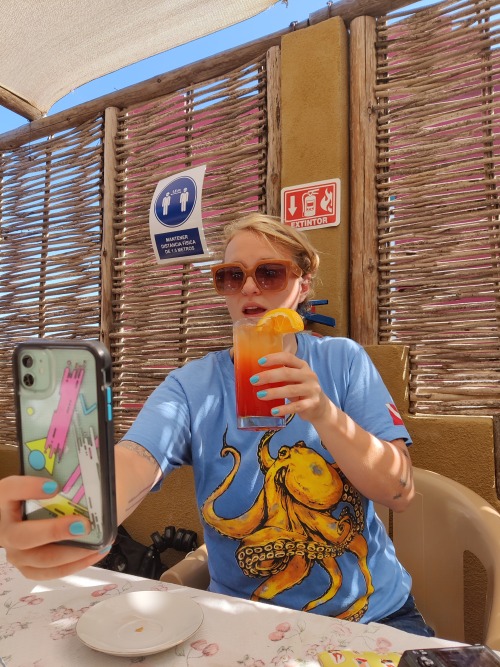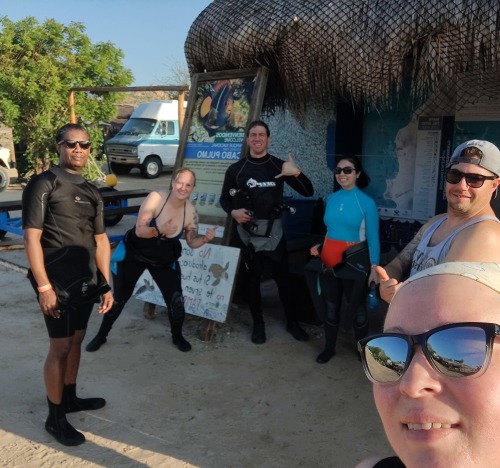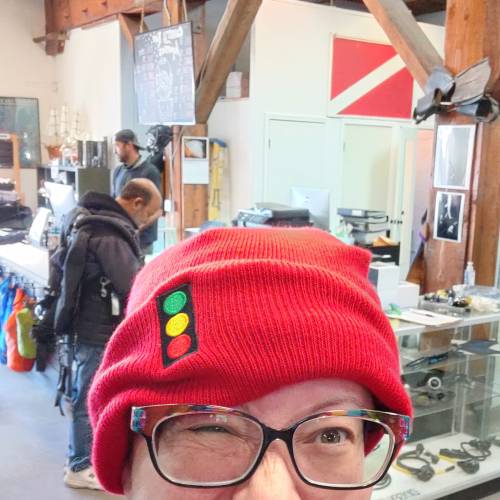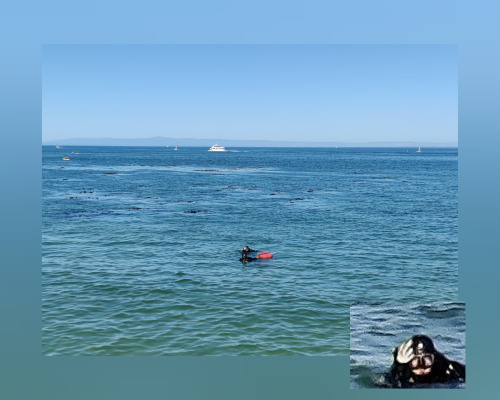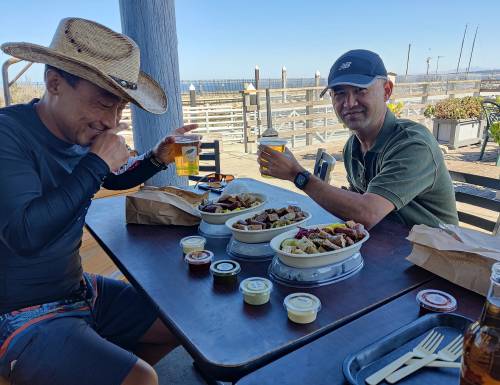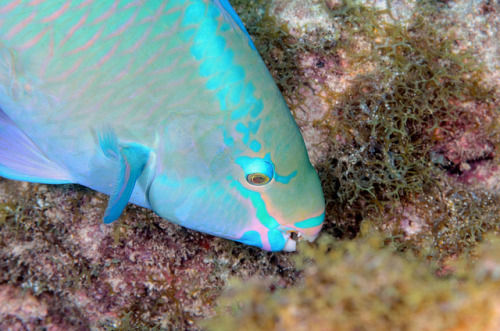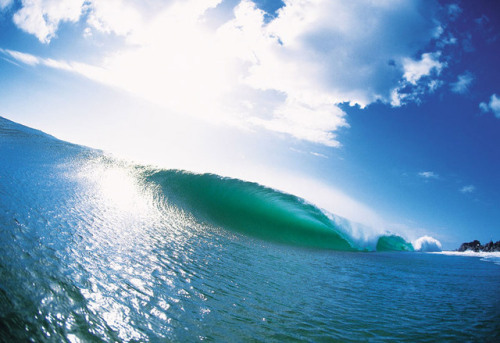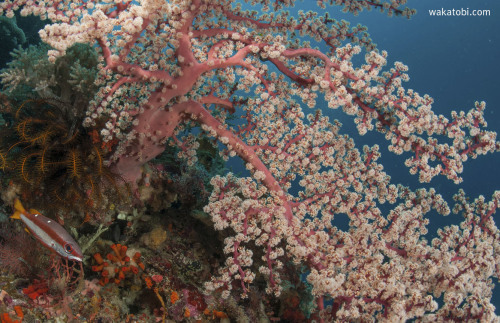#scuba diving
BBturtle.movfromKumiMonVimeo.
Fish Flow mini.movfromKumiMonVimeo.
Top Shot: Total Eclipse of the Jelly
Top Shot features the photo with the most votes from the previous day’s Daily Dozen, 12 photos selected by the Your Shot editors. The photo our community has voted as their favorite is showcased on the @natgeoyourshot Instagram account. Click here to vote for tomorrow’s Top Shot.
Your Shot photographer Hannah Mitchell photographed this large Haeckel’s Jellyfish as it floated across the sun-rays shining through the water’s surface near Adelaide, Australia. Photograph by Hannah Mitchell
Post link
Coral polyps, stimulated by a near UV light. Initially believed to be a plant, coral is in fact an animal. While a coral head appears to be a single organism, it is actually a group of many individual, yet genetically identical, polyps. The polyps are multicellular organisms. Polyps are usually a few millimeters in diameter, and are formed by a layer of outer epithelium and inner jellylike tissue known as the mesoglea. They are radially symmetrical, with tentacles surrounding a central mouth, the only opening to the stomach or coelenteron, through which food is ingested and waste expelled. (Photograph: Mick Gulson)
Post link
During the day the Saron shrimp is brown with green spots and variable amounts of white speckling. The legs have darker brown bands on a brown background with alternating white speckled bands. Tufts of cirri (feathery appendages) are found decorating the back of the males, and their first pair of walking legs are elongated. The Saron Shrimp is nocturnal, and at night, the color of its body changes colour, turning primarily red, which helps it blend into the shadows of the twilight. It is found in the coral rubble at the base of the reef. (Photograph: Doug Richardson)
Post link
Also known as Godeffroy’s Soft Coral, this tree coral looks like the Japanese ‘sakura’ or cherry blossom tree. They feed on plankton and can grow to about 17cm in length. (Photograph: Eric Schlogl)
Post link
The Persian carpet flatworm has a very small geographic range mostly in the temperate shallow intertidal ocean waters of the Indo-West Pacific. Flatworms can move fast along the bottom by rapidly beating tiny hairs which act like millions of feet to propel them along in an undulating manner. They feed by placing themselves over their victims and sucking in their prey, a tube like extension in its mouth acts as a grinder. (Photograph: Anne Lecuire)
Post link




